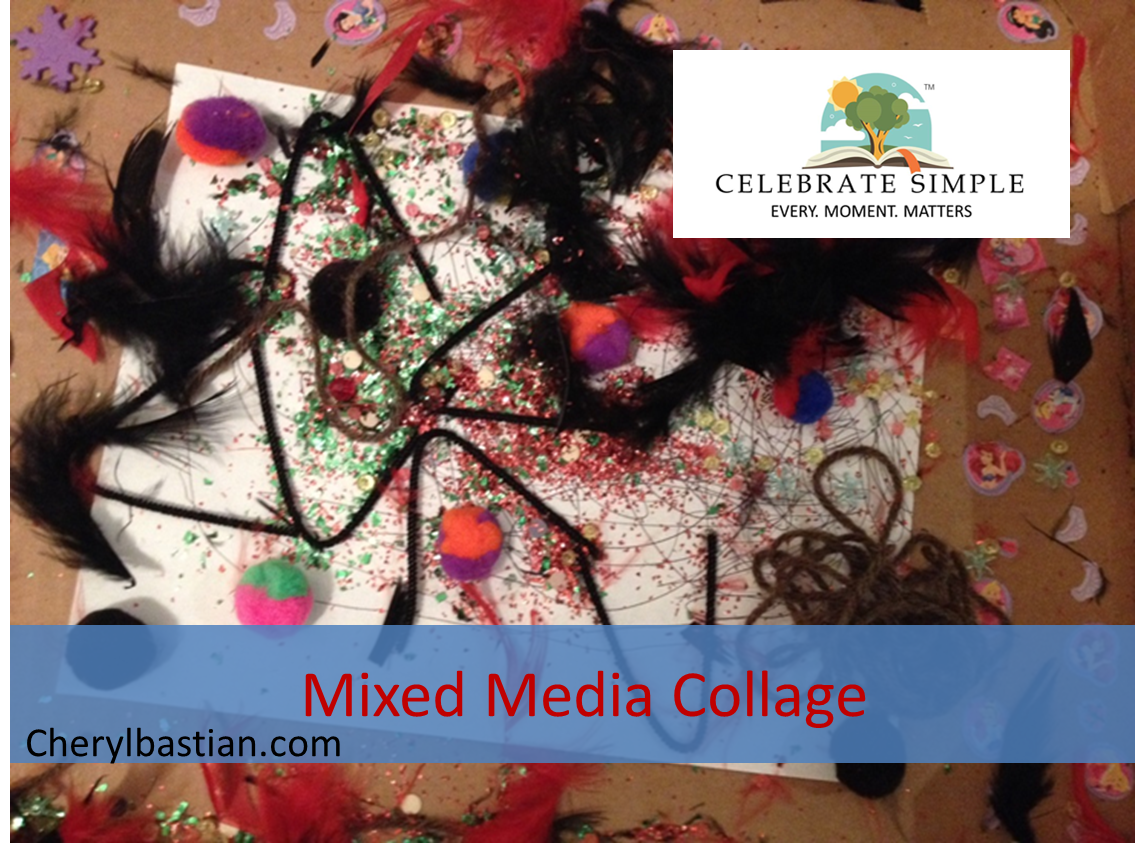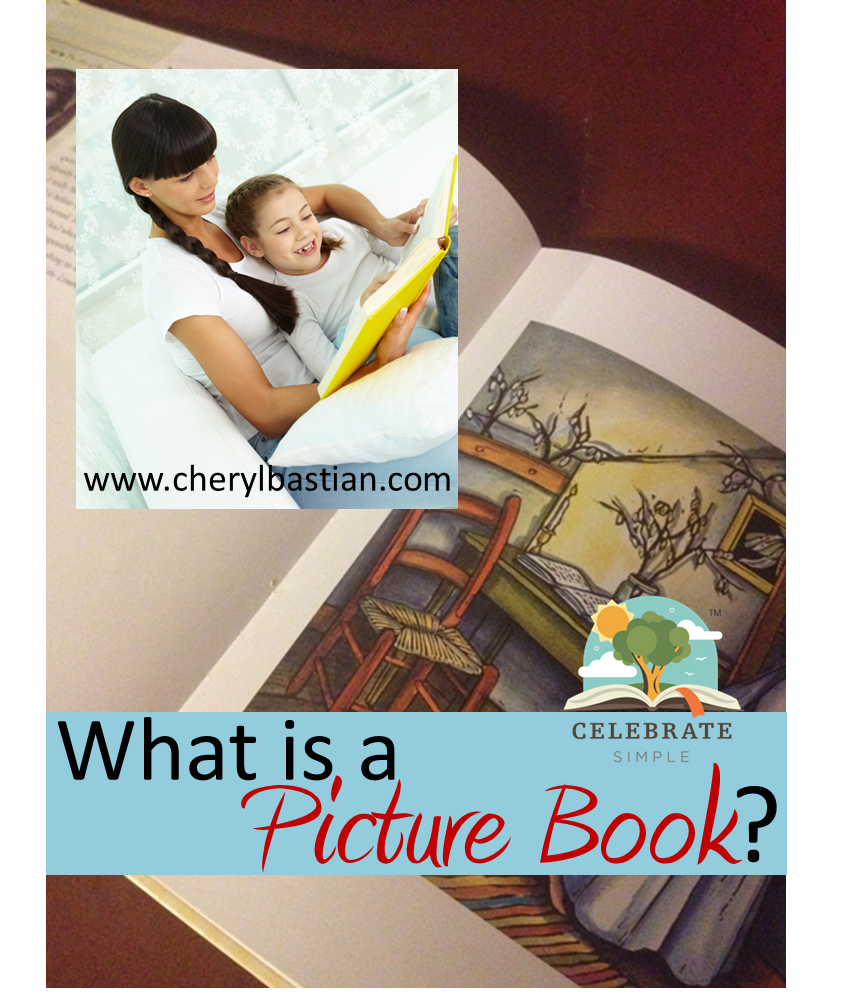Teaching Counting Skills with Picture Books
/Counting books cycle in our home—about every four years over the past three decades as little learners grow and start their quest to conquer the concepts and skills involved in counting.
Noticing some of our favorites are disappearing from the library shelves, I am purposefully adding some of our quickly disappearing favorites to our home library. We LOVE them that much! I think you may, too.
How Many Snails? Rich, bold vibrant colors invite little learners to jump in, use observation skills, and count! Though counting is the main skill reinforced, attributes, following directions, and processing fair well, too. One of our favorites! Author: Paul Giganti, Jr.
M&M Counting Book. The familiar candies on the front draw readers to scoop up the content. Once opened, this book teaches counting through 12, counting sets, and beginning addition and subtraction. Author: Barbara Barbieri McGrath
Counting is for the Birds. The rhyming text makes this brilliantly-illustrated counting-to-twenty book an all-time favorite of ours. Author: Frank Mazzola, Jr.
Cardinal Numbers: An Ohio Counting Book. Counting 1 - 14 with beautiful illustrations and real-world word problems on the last pages, this book is one of many in the Sleeping Bear Press numbers series. We found this a favorite for our older children, too, as side bars on each page offer additional learning opportunities for curious learners. Author: Marcia Schonberg
Great Estimations. An intriguing look at estimating as an advanced counting technique. Great photography, fun examples, and helpful hints for counting objects in large numbers. Great for older learners, too! Author: Bruce Goldstone.
The Coin Counting Book. Counting takes a journey into the world of coin recognition and value. Great for beginning coin counters with piggy bank of coins waiting to be counted. Another of our favorites due to the natural interest most kids have in money. Author: Rozanne Lanczank Williams.
Eating Pairs: Counting Fruits and Vegetables by Two. What about odds and evens? This unique counting book is one we love for teaching the concept of odd and even. We love that the numbers are written down the side bar of each page, begging for us to count along...again! Author: Sarah L. Schuette.
The Crayon Counting Book. While on the subject of odds and evens, we love this one, too! Again, the big bold numbers on each page help connect objects and symbols—and important part of math development. Check this one out and don’t be surprised if you are coloring at the close of the book. Authors: Pam Munoz Ryan and Jerry Pallotta.
10 Little Rubber Ducks. Fictionalized counting story of a real-life event presented alongside the classic Eric Carle collage art. Bright illustrations and a intriguing story line. Great addition to the home library, for sure! Author: Eric Carle.
Even Steven and Odd Todd. Another odd and even favorite, this one hails from the Hello Math Reader series. This is a great counting read for a little learner who has an interest in learning to read. It’s larger font is particularly inviting. My littles often choose this book for our before-bed reading. Author: Kathryn Cristaldi
Counting is fun and it’s remembered, especially when it’s off the page, engaging, and off the page. These books will you have fun while learning.











































